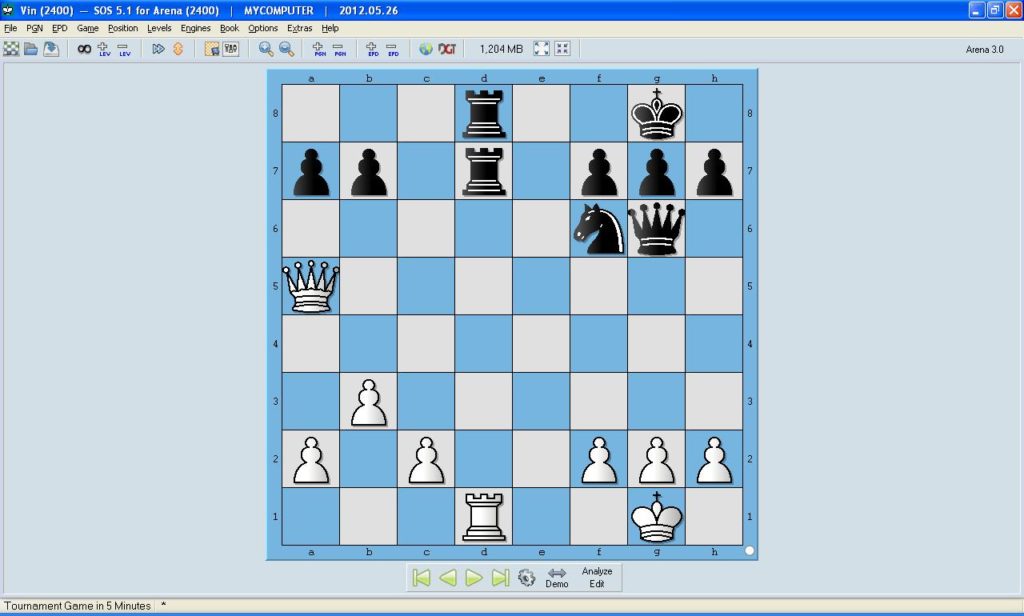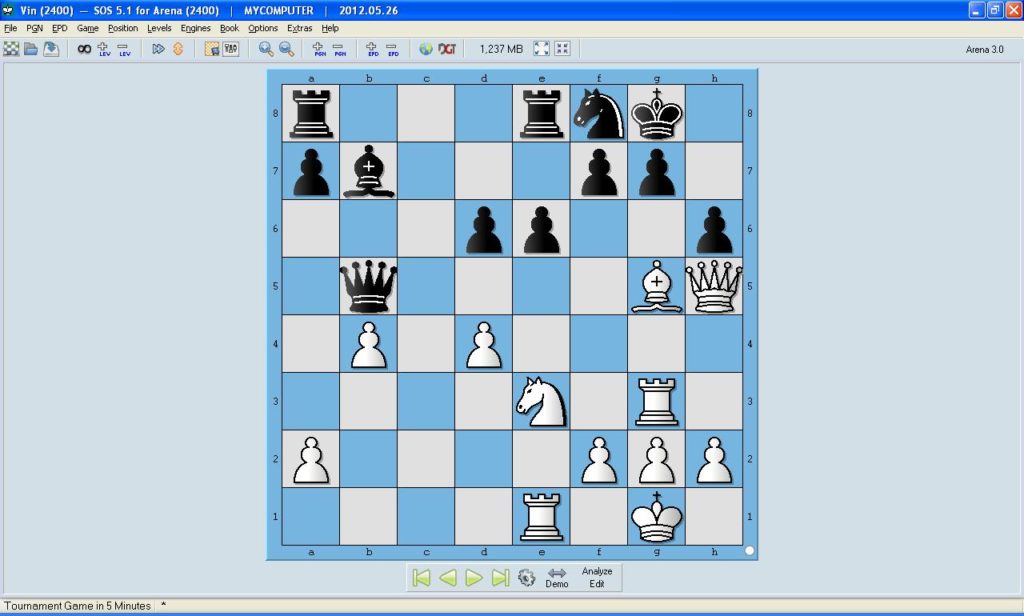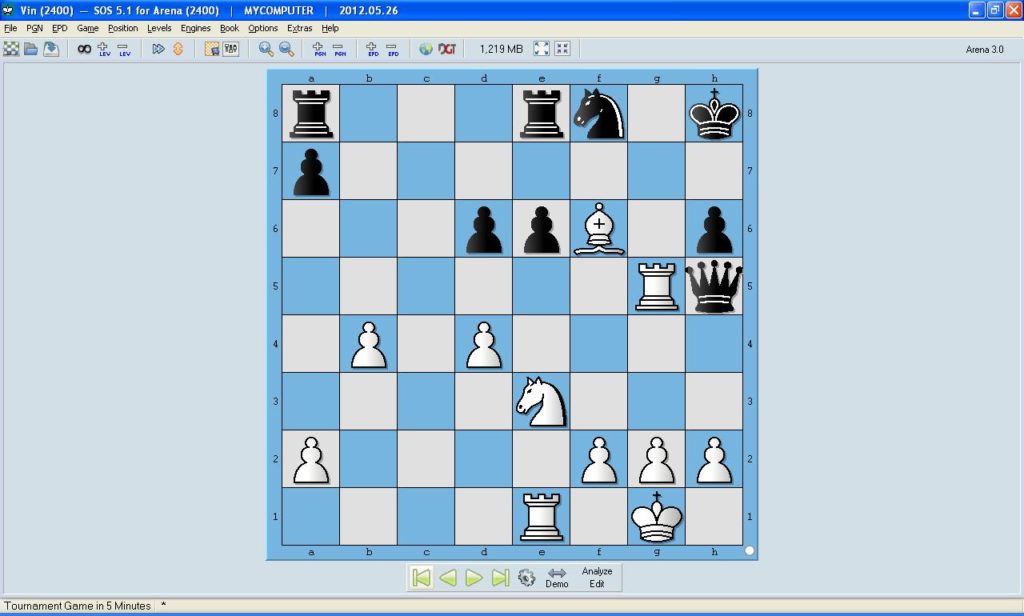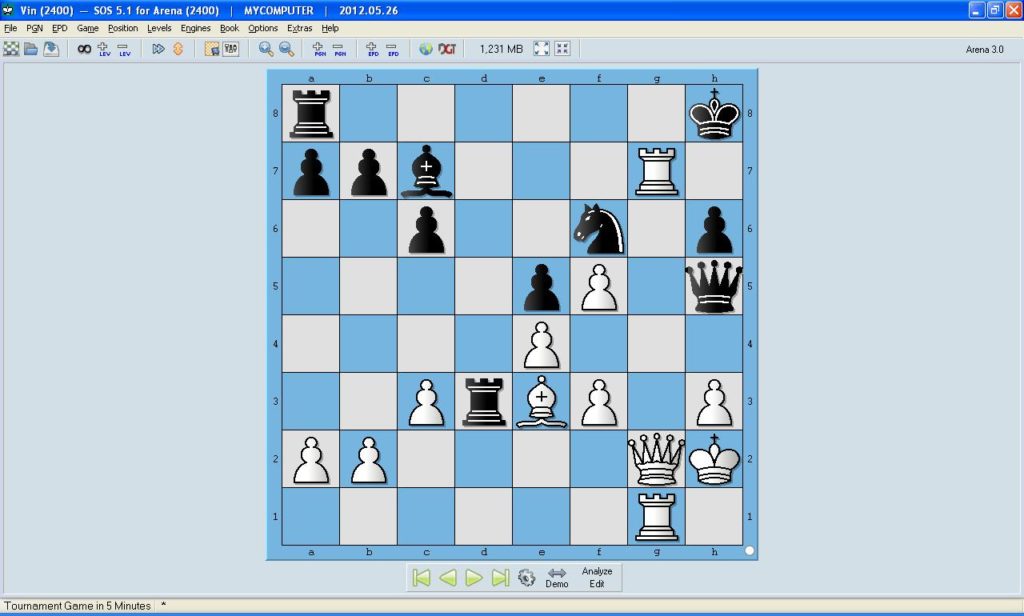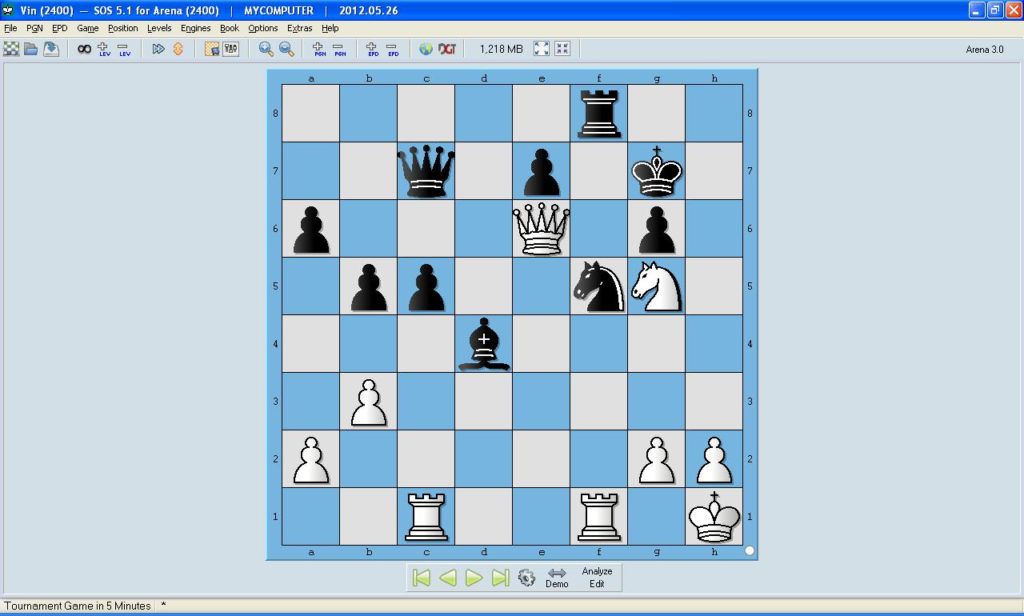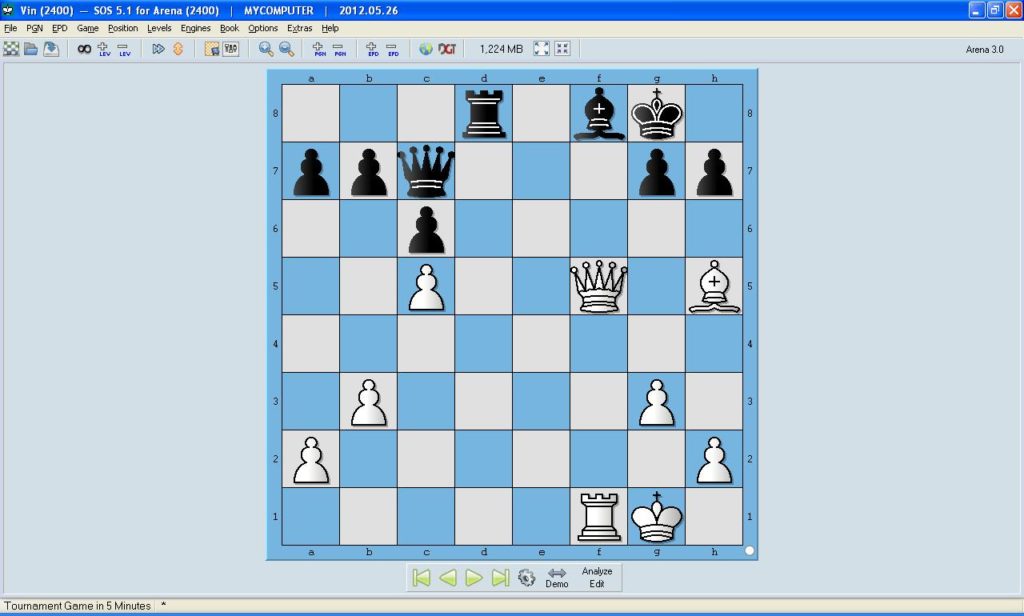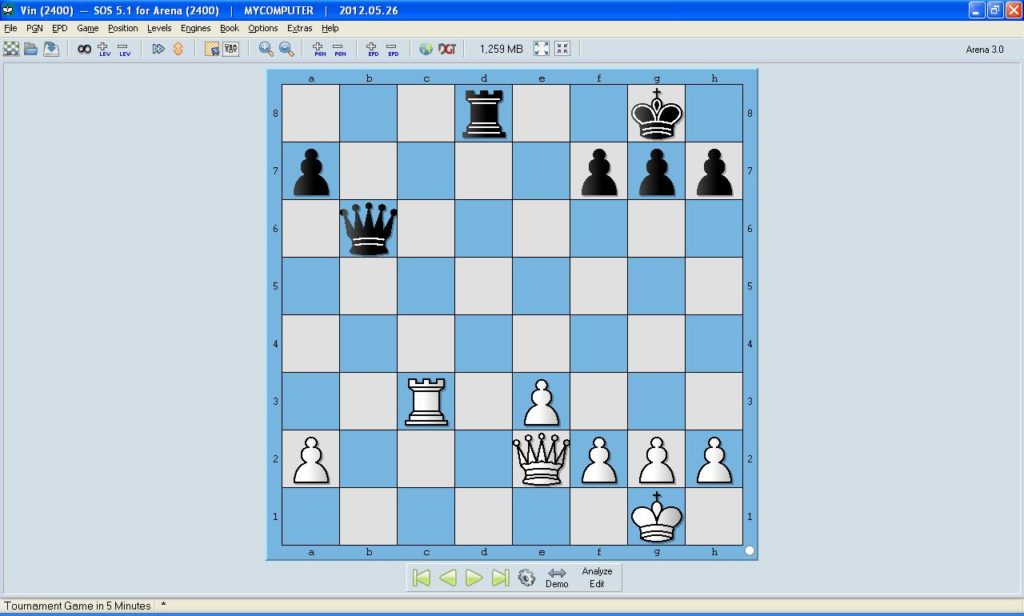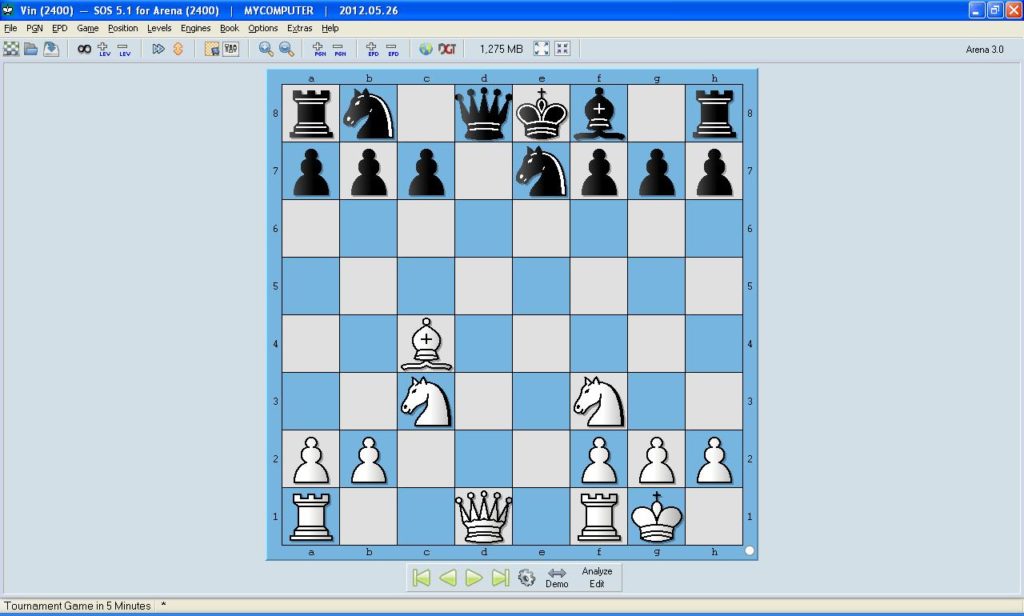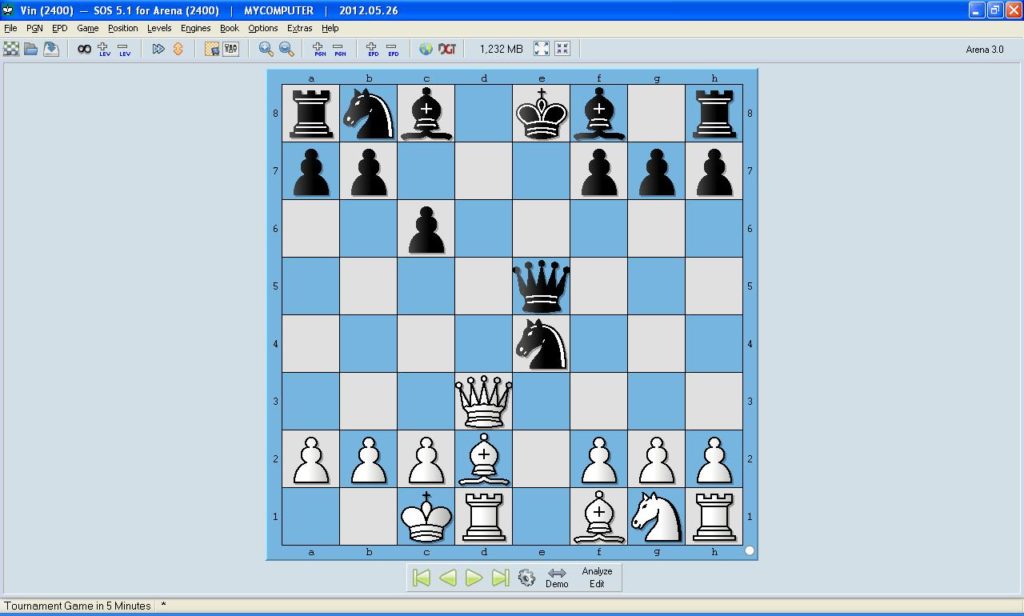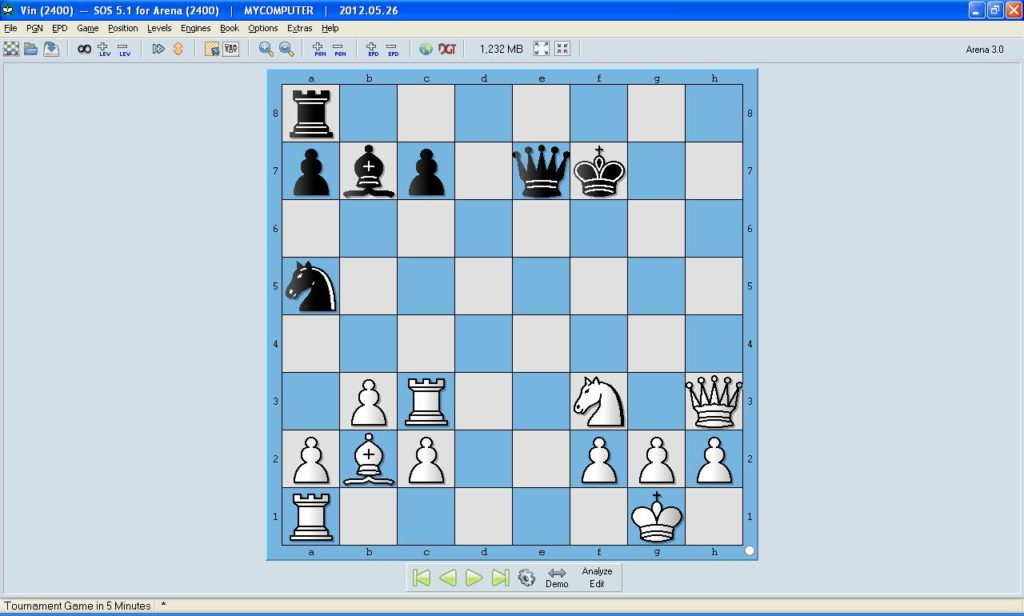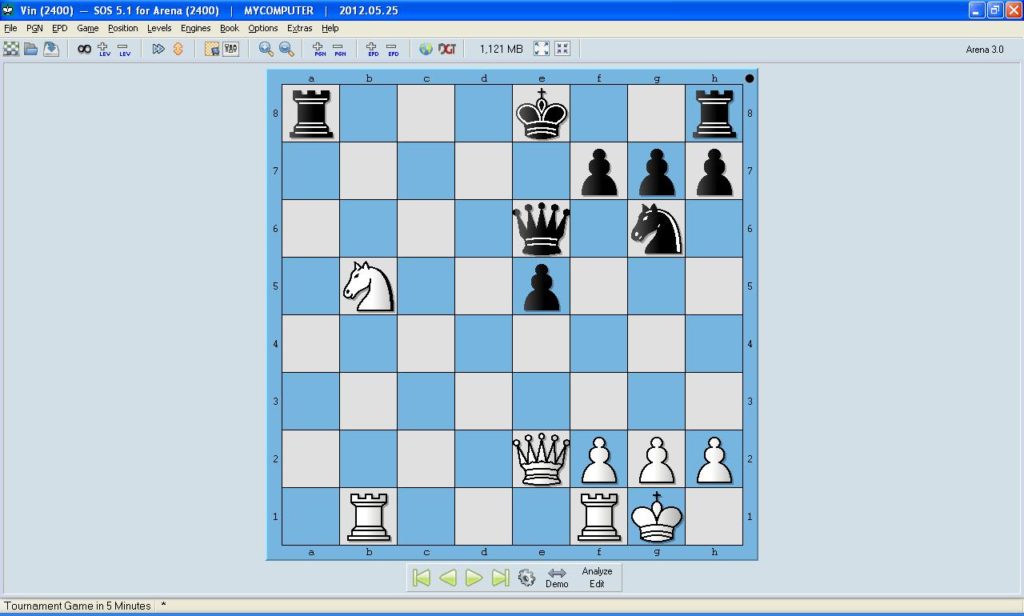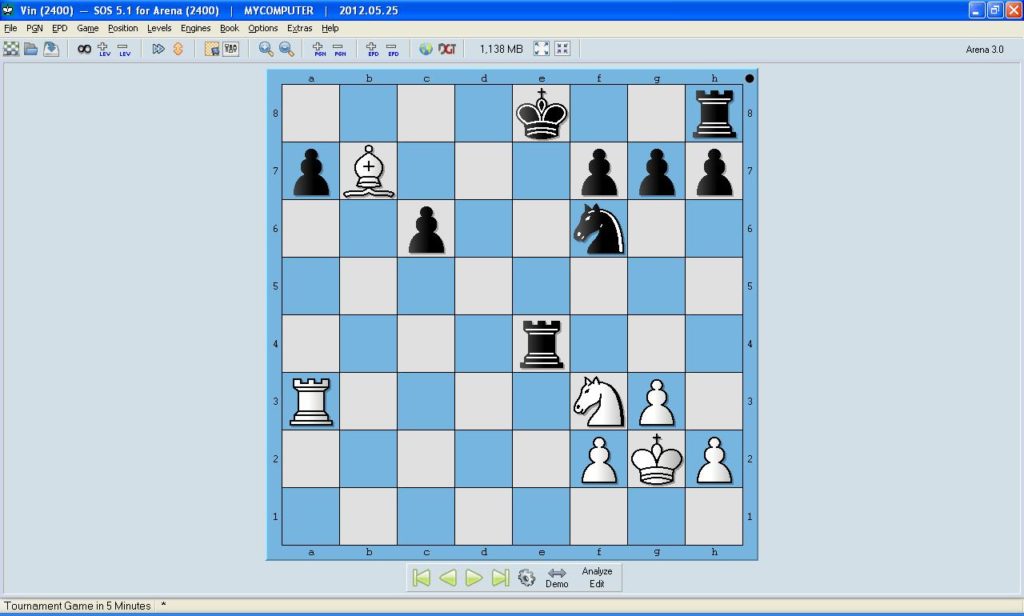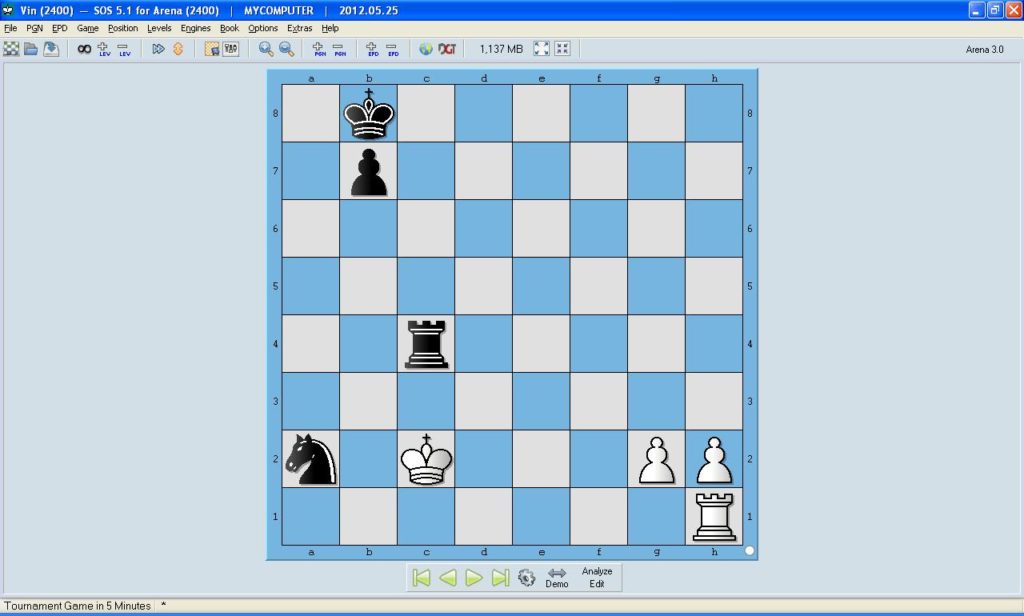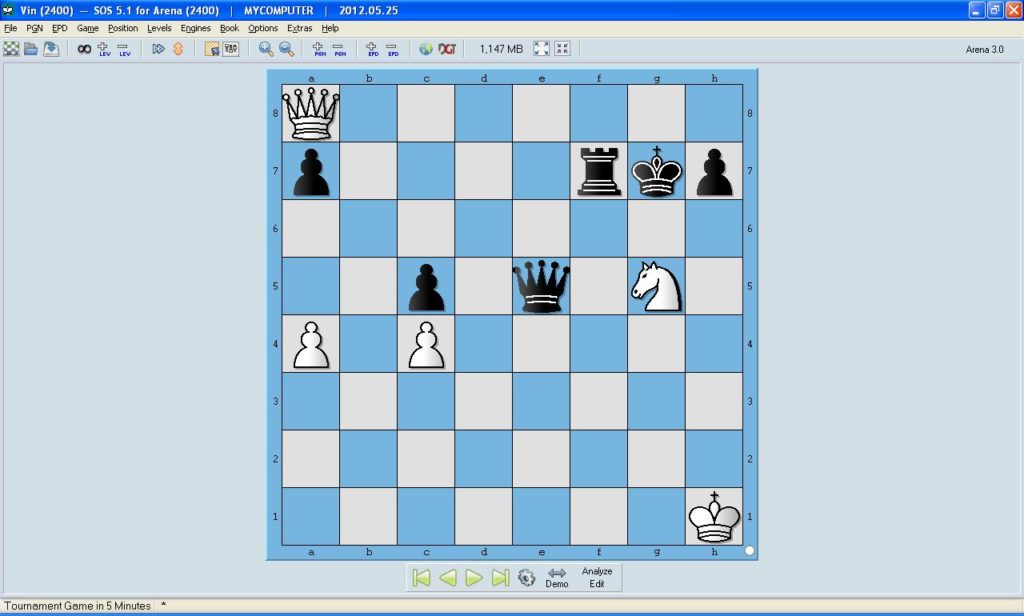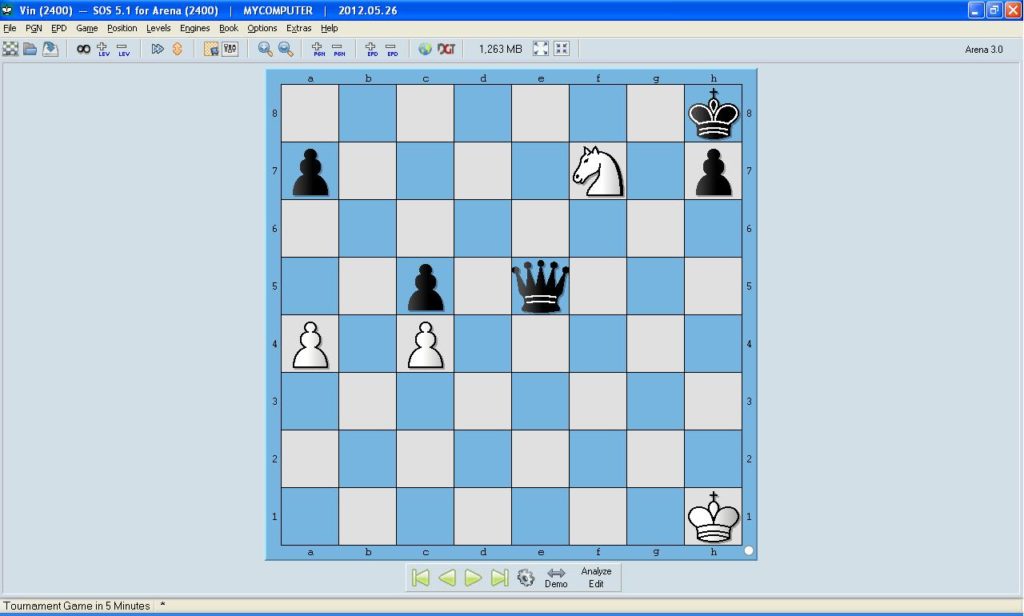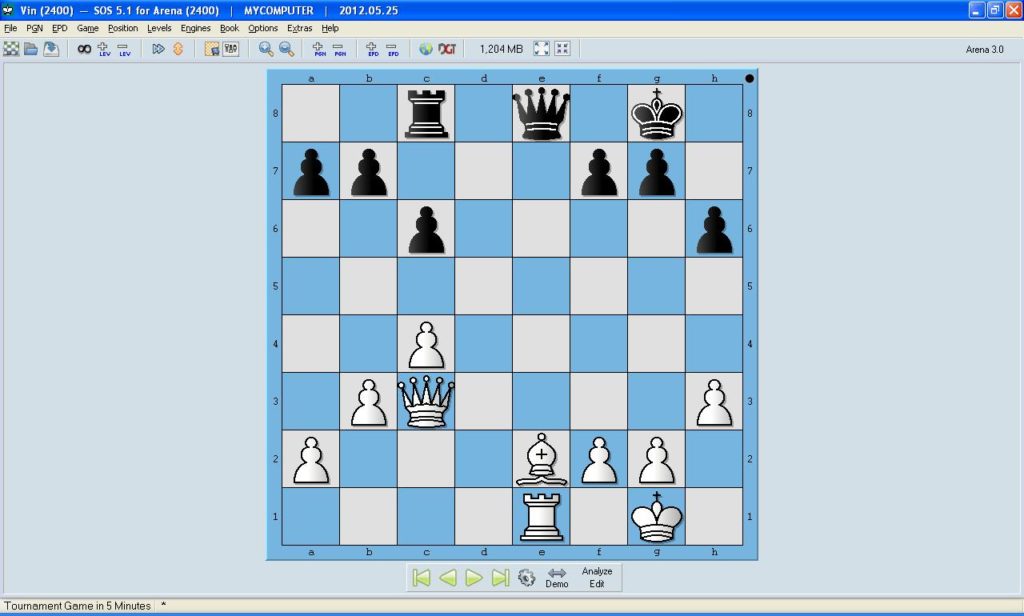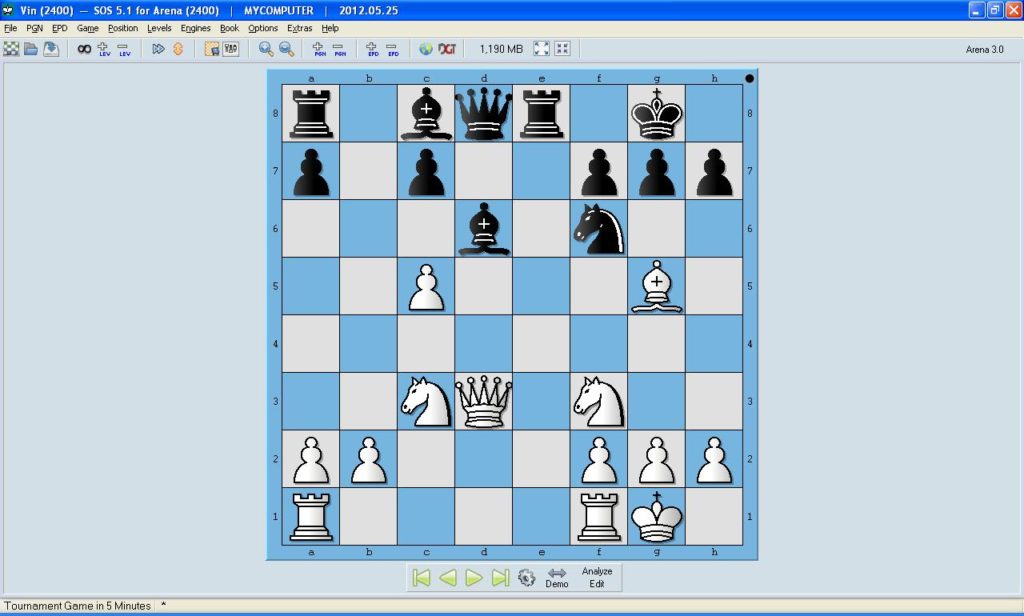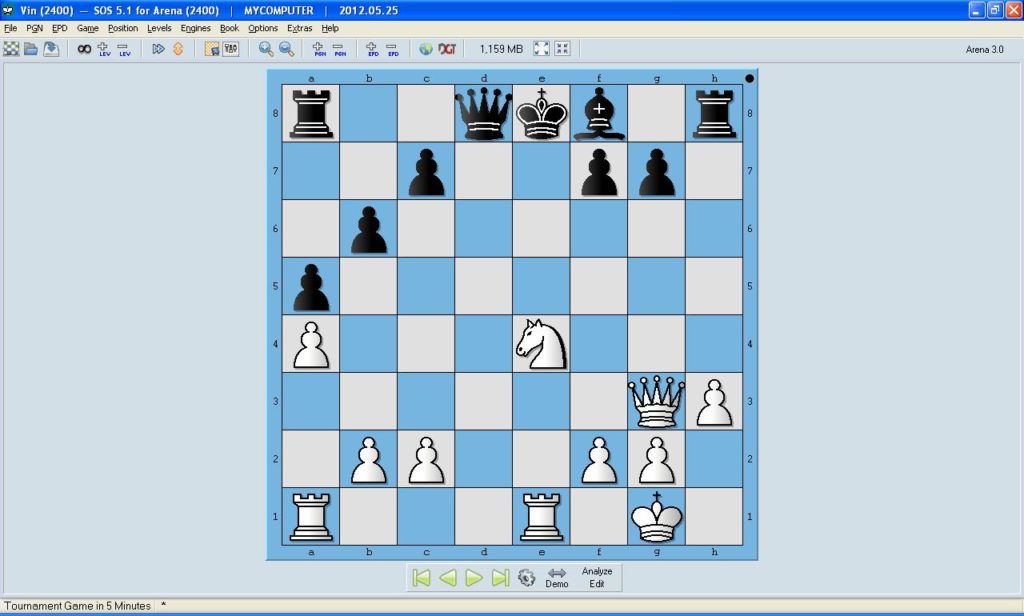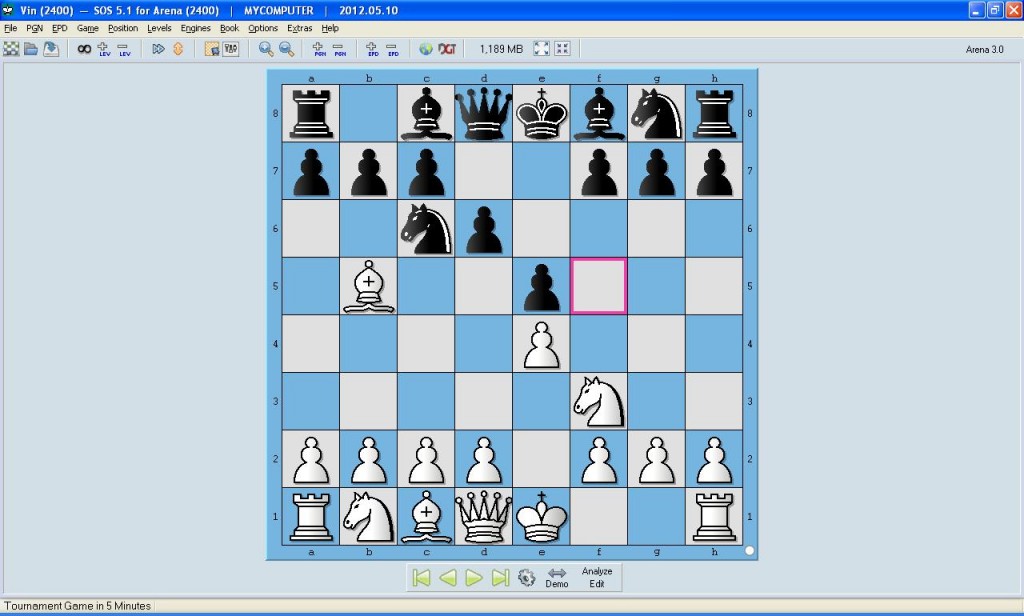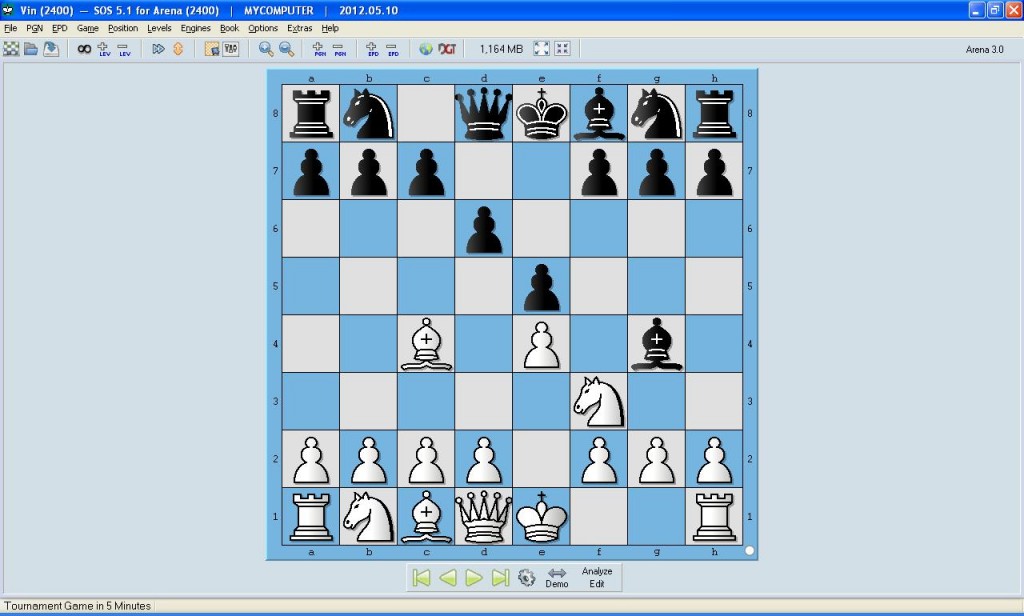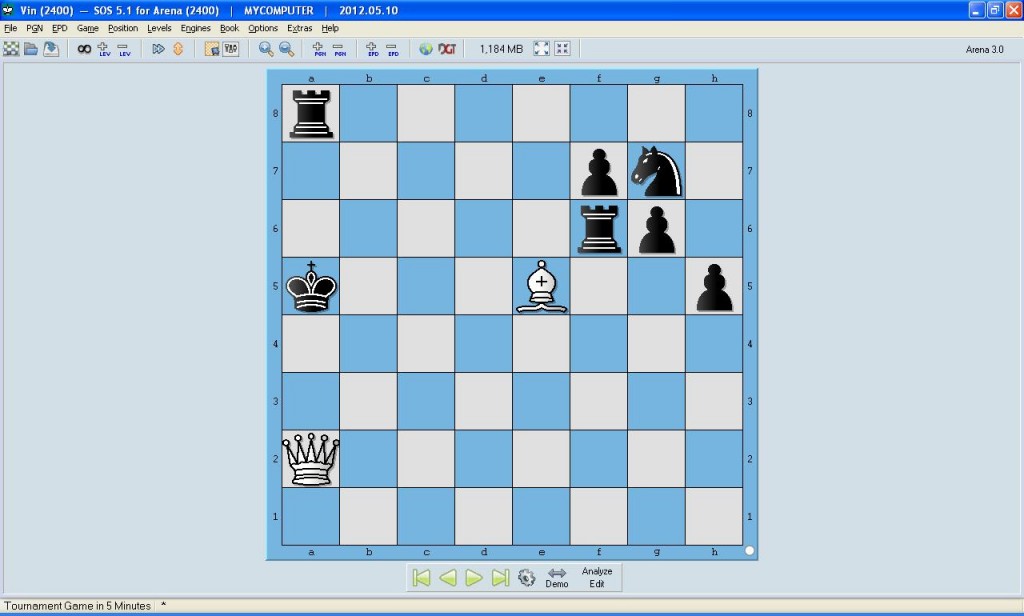In this post of the tactics series I’ll discuss X-rays and windmills. Despite their descriptive names, these two tactics are relatively rare. Let me say if you succeed in trapping your opponent in a windmill you can win his entire army!
The X-ray tactic occurs when a piece ‘sees through’ an enemy piece towards a certain target. Let’s look at an example:
Here notice the white rook on the d-file. At first glance it looks like the d8 square is adequately protected by black. However whites rook is really attacking that square by ‘seeing through’ black’s rook on d7. White plays 1. Qxd8! which leads to checkmate. As I mentioned, the X-ray is not seen too frequently in games. However it is important to notice how closely this tactic is related to the pin. In this case black’s rook on d7 is pinned to defense of the d8 square.
Although rarely seen, the windmill is one of the most powerful tactics in chess. It’s a series of checks and discovered checks where the opponent has no time to escape. The following diagram is an example of a long combination. Try to practice your visualization by seeing as far as you can.
Here white plays 1. Bf6! and black responds with 1…Qxh5. Then the following moves occur:
2. Rxg7+ Kh8
3. Rxf7+ Kg8
4. Rg7+ Kh8
5. Rxb7+ Kg8
6. Rg7+ Kh8
7. Rg5+ Kh7
Then we are left with the diagram below:
Notice how the rook moved back and forth and caputured the enemy pieces. Also notice how the black king was unable to escape the devastating discovered checks. In the next move white will capture blacks queen.
I hope that everyone enjoyed this tactics series and gained some knowledge from it. It’s not enough however to just study the diagrams in these posts you must practice consistently to improve your tactical play. That takes solving lots of puzzles and analyzing your games. In the next post I will provide several puzzles that contain the tactics we have discussed for you to solve!

